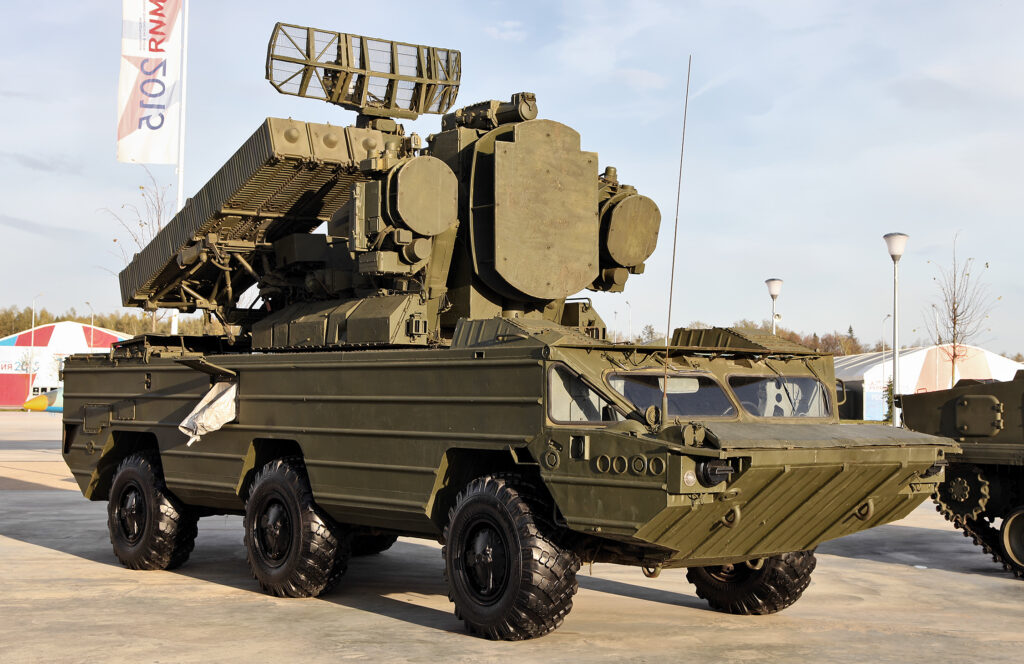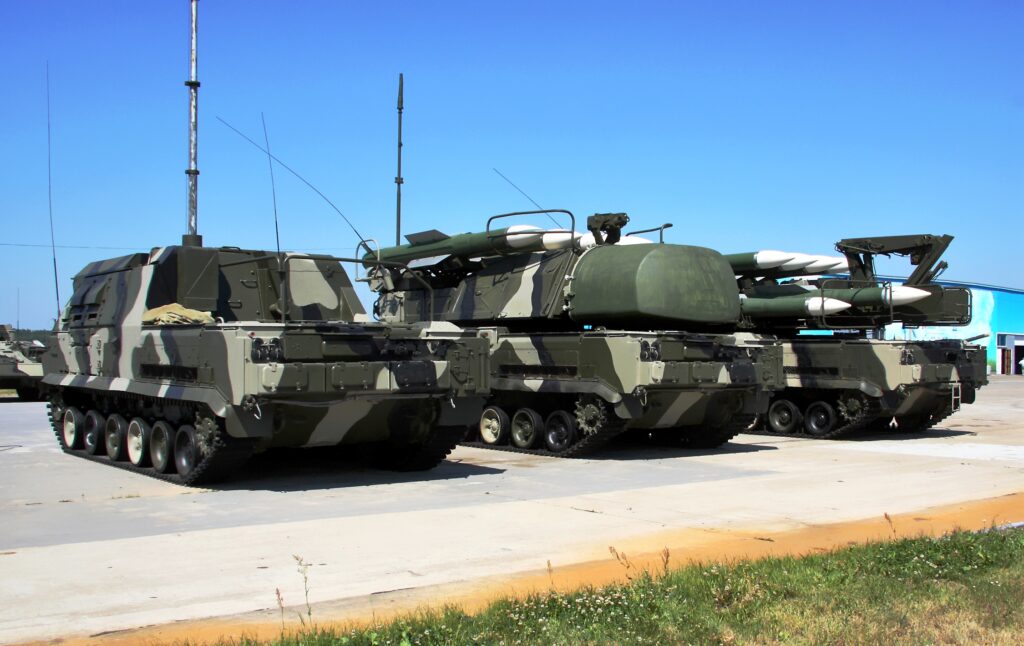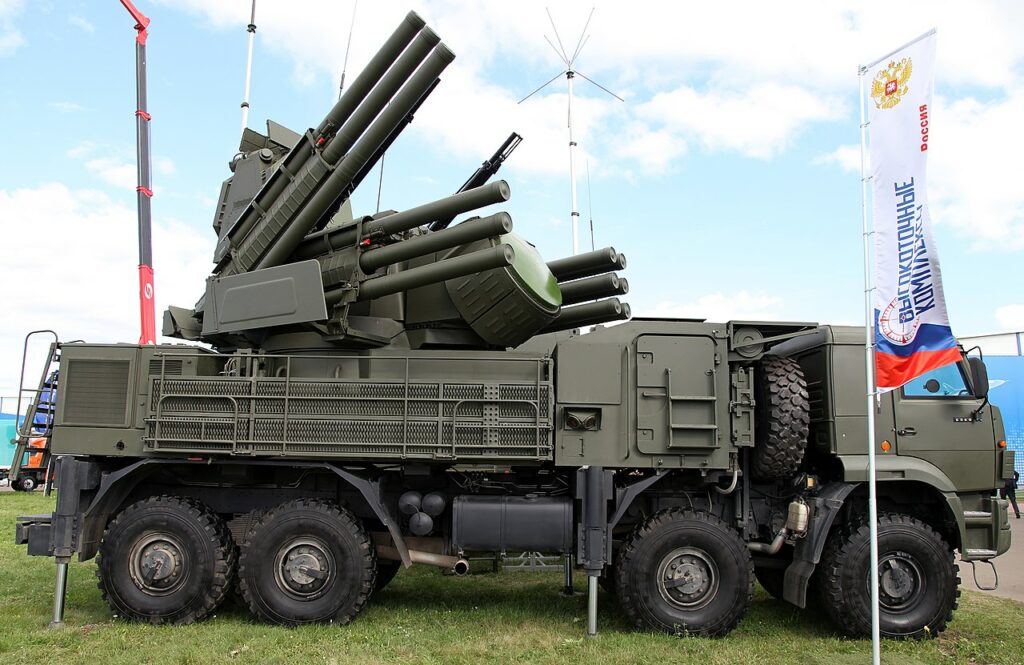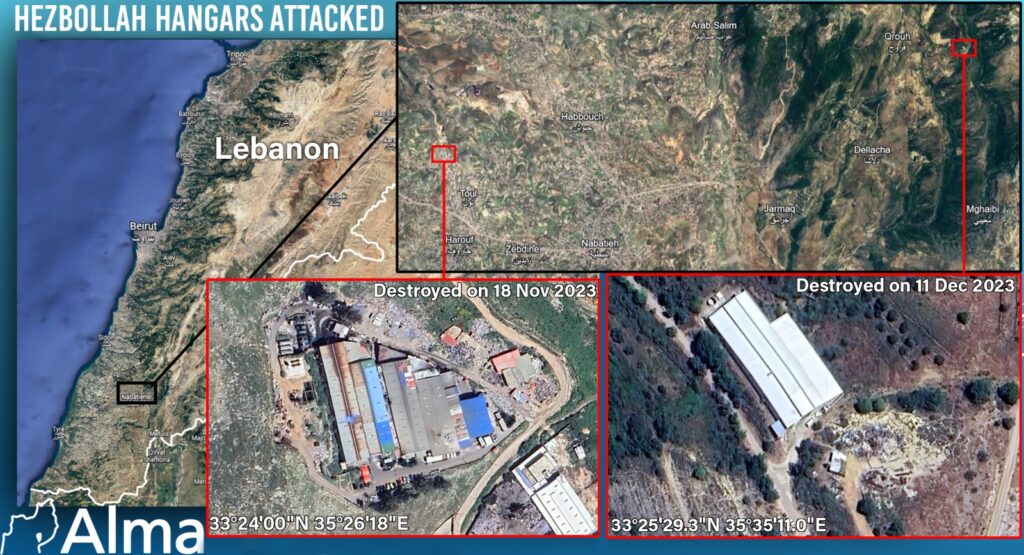The development of Hezbollah’s air defense system marks the beginning of its no-fly strategy over Lebanon. If this trend evolves, it could pose a difficult challenge for the Israeli Air Force. Hezbollah does not yet have extensive and integrated air defense systems, but it is taking steps in this direction as part of a joint Iranian-Hezbollah plan to neutralize the effectiveness of the Israeli air power. The Iranians are working to transfer advanced air defense weapons systems of their own manufacture to Hezbollah via the arms corridor.
Hezbollah is very concerned regarding the Israeli UAVs’ aerial capabilities, which are demonstrated in intelligence surveillance and attack. Nasrallah even addressed the issue publicly. Hezbollah is constantly striving to achieve a “victory picture” in the form of shooting down an Israeli aircraft. Its attempts to do so with the Iranian 358 missile have so far been unsuccessful. Hezbollah undoubtedly attempted to achieve this with other types of weapons as well. (Regarding the missile 358, see our article published on December 21, 2023).
On October 31, 2019, Hezbollah fired an anti-aircraft missile at an Israeli UAV, apparently with an SA-8 missile. The rocket was fired over the city of Nabatiyeh in southern Lebanon. The missile missed its target, and the UAV was not struck. The Russian website Avia Pro reported that the missile was a Russian SA-8 (OSA) anti-aircraft missile and that such missiles reached Hezbollah via Syria.

It is possible that Hezbollah moved and deployed air defense batteries like the “OSA” (SA8), “BUK” (SA17), or “Pantsir” (SA22), which are in its possession and most likely transferred to southern Lebanon as reinforcement. These batteries have a range of fifteen to thirty kilometers. Based on our earlier publication, we assume that these batteries were initially stored in the Bekaa Valley region of Lebanon after being transported from Syria.


Sites that can be used to conceal such AA batteries should be large and relatively tall (tunnels or buildings). In addition, they should have relatively easy access to medium-sized vehicles. Based on the publication of the IDF’s attack videos, two such Hezbollah sites with suitable buildings can be used as examples. Both are located in the general geographical region of Nabatiyeh, allowing relatively easy access with hidden storage possibilities for something large and tall.
One site is inside a large civilian aluminum factory building that was attacked on November 18. A second site, which looks like a large hangar, is located at a relatively isolated site that was attacked on December 11 (see above photo). It should be noted that on November 18, a few hours before the attack on the aluminum plant site, a missile was fired at an Israeli UAV.






